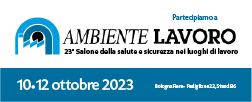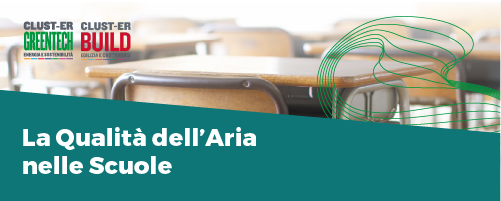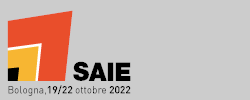NARR
NARR: Analysis of risks related to the misuse of Natural Radioactive Materials (NORMs) for terrorist attacks
Ref. Contract HOME/2009/ISEC/AG/130
The aim of this project is to identify and monitor all the industrial processes involving NORMs (products and wastes of several industrial sectors such as petrochemical, fertilizer, gas extraction, generally not considered radioactive sources and not yet constrained by a specific regulation) not only for radioprotection purposes, but also for security reasons.
In particular, the project will analyse all the NORMs sources and their possible misuse for malicious intent (terrorism), evaluating the risk of Radiological Dispersal Devices (RDDs) manipulation originated from acquisition of NORMs and sensitizing the European/international community to possible risks connected to their handling and manipulation. So the project will contribute to create the bases for a voluntary security culture and collect recommendations to frame a specific regulation at European level.
The problem rises from the fact that there are different perspectives and consequent gaps that regulate NORMs in the EURATOM Directive n° 96/29 (national transport in EU MS based on effective dose) and in the IAEA Safety standard TS-R-1 (international transport based on radioactivity concentration). Currently, in some countries, there is no legal limitation regarding the radioactivity concentration in NORMs, but there are some limits on dose values. Moreover, regarding the radioactivity concentration and the total amount of radioactivity, the several thousands of industrial sectors involved in production as waste/management/disposal of these materials are not constrained by any form of accountancy and recording.
The project will pursue the following results (R) through the indicated activities (A):
R1 Status quo concerning the production/transportation/use/disposal of NORMs in Italy and European countries defined.
A1.1 Elaboration of a qualitative inventory,definition of modalities for transporting,tracing and producing NORMs as waste and of measures put in place by industrial conglomerations in key locations to store/dispose/manage of these materials.
A1.2 Definition of a classification of industrial activities on the basis of size and physical/chemical type of NORMs produced. Now there is no classification of NORMs in terms of potential risks due to their malicious use. The classification will consider environmental,health,regulatory “acceptable risks” and the numerical dispersion codes available.
A1.3 Development suitable accountancy means/check lists and analyse possible detection systems (traceability, operability, communication and protection of information to permit integration, interconnection and interoperability between different security systems).
R2 Scenarios associated with illicit use of NORMs and terrorist attacks against NORM transportation formulated.
A2.1 Realization of lab tests to evaluate speed and ease of radioactivity concentration from NORM by chemical/physical means. The trials will be conducted in the ENEA/U-Series/Tointech radiochemical labs in Bologna and will be supported by the DENER (Department of Nuclear Engineering Politecnico di Torino) analysis of specific numerical codes to evaluate the dispersion of radioactive material due to an explosion in an urban scenario, as well as mapping contamination levels in a 3D simulation.
A2.2 Development of different scenarios, risks assessments and, eventually, solutions during one or several phases of NORMs production cycle and transportation. This activity will also explore threat reduction measures to counter the misuse of NORMs.
R3 Network and bases for the establishment of a security culture created.
A3.1 Elaboration of recommendations for the different actors (public and private) involved in the project. These tools will be instruments for the EC to frame further initiative in this field.
A3.2 Organization of an intermediate panel and a final workshop (both in Como-Italy) to create a network and debates, discuss and disseminate the results. Scholars, experts, gov. bodies, private sectors representatives will be invited.

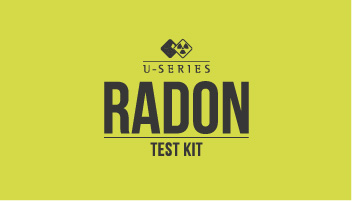

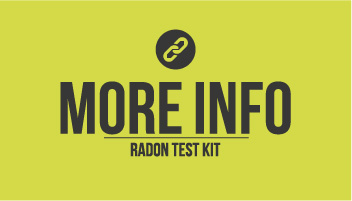






 Presentazione U-Series
Presentazione U-Series U-Series presentation
U-Series presentation Présentation U-Series
Présentation U-Series U-Series Präsentation
U-Series Präsentation